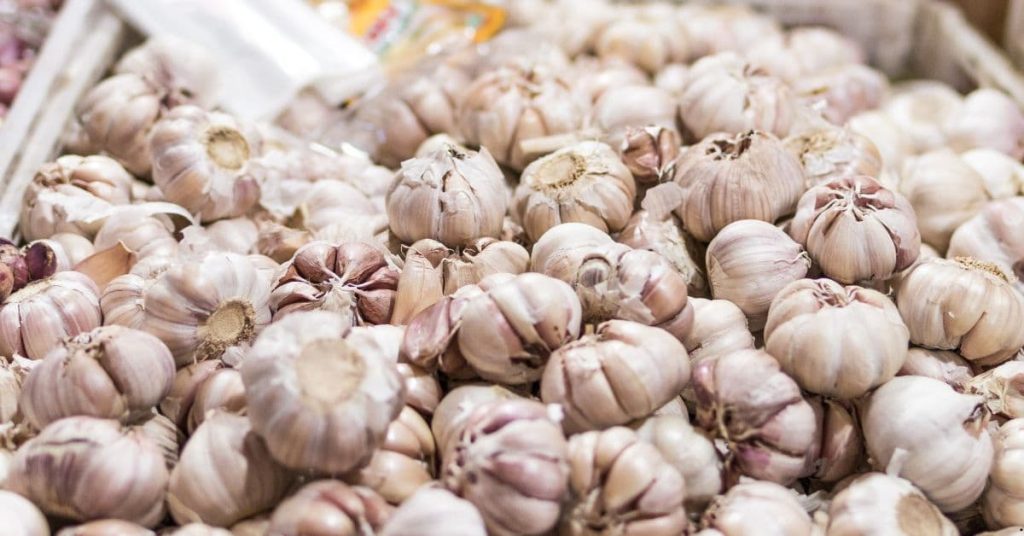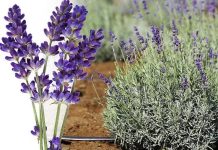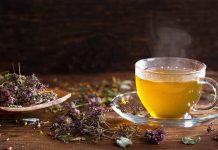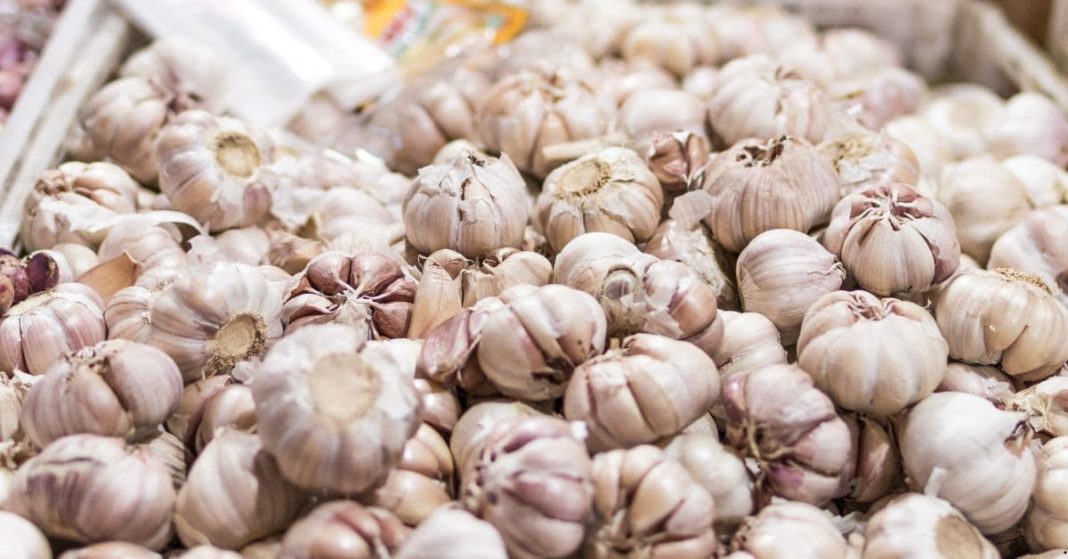Garlic (Allium sativum) has been a cornerstone of natural medicine for thousands of years. Revered not just as a flavorful culinary ingredient but also as a potent healing agent, garlic holds a sacred place in the traditional medical systems of many cultures, including Ayurveda, Traditional Chinese Medicine (TCM), and ancient European folk remedies. From warding off colds to improving circulation, garlic’s impressive array of health benefits has made it one of the most studied herbs in both traditional and modern contexts.
A Timeless Remedy: Garlic’s Historical Use
The use of garlic as a medicinal plant dates back more than 5,000 years. Ancient Egyptians prized it for its ability to boost stamina and fight infections. Greek physician Hippocrates, often called the father of medicine, prescribed garlic for a variety of conditions including poor digestion, respiratory problems, and fatigue. In traditional Chinese and Indian medicine, garlic has long been used to balance bodily systems, detoxify the blood, and treat infections.

Natural Antimicrobial Properties
One of garlic’s most recognized traditional uses is its ability to fight infections. Before the invention of antibiotics, people across the world relied on garlic to treat wounds, respiratory illnesses, and digestive tract infections.
Allicin: Nature’s Antibiotic
When garlic is crushed or chopped, it produces a sulfur-containing compound called allicin. Allicin is known for its strong antimicrobial properties, which can combat bacteria, viruses, and fungi. Traditional healers used garlic juice or paste to disinfect wounds and treat skin infections. Even today, many people turn to garlic oil or raw cloves as a natural remedy for common colds and flu-like symptoms.
Respiratory Support
Inhalation of garlic vapors, steam infusions, or consumption of garlic-infused teas was traditionally believed to clear nasal congestion and ease symptoms of bronchitis or sinus infections. In folk medicine, mixing crushed garlic with honey is a time-tested remedy for soothing sore throats and reducing cough severity.
Cardiovascular Health and Circulation
Garlic’s role in supporting heart health is perhaps its most documented benefit. Traditional practices often linked garlic to improved blood circulation and protection against heart disease — long before modern science confirmed these effects.
Blood Pressure Regulation
In many cultures, garlic was used to “thin the blood” or “cool the heart.” This is consistent with today’s understanding that garlic can help lower high blood pressure. Traditional Indian medicine, for instance, recommends raw garlic cloves each morning to help regulate circulation and reduce hypertension naturally.
Cholesterol Management
Studies have shown that garlic can reduce total and LDL (bad) cholesterol levels. Traditional healers often encouraged middle-aged adults to consume garlic daily to prevent the “thickening of blood” or “hardening of the arteries,” known in medical terms as atherosclerosis.
Immune System Strengthening
Garlic has long been considered an immune-boosting herb. In many cultures, it is a staple in seasonal immune tonics, especially during winter.
- In Eastern European folk remedies, garlic was placed in rooms or worn around the neck to ward off illness during plague outbreaks.
- In rural Asia, fermented garlic in honey is still taken daily as a preventive health tonic.
Garlic is rich in antioxidants, vitamins C and B6, and selenium—all essential for a strong immune system. Traditional beliefs that garlic “heats the body” may refer to its ability to stimulate the immune response and metabolism.
Modern Applications and Scientific Backing
Today, garlic supplements are widely used to maintain cardiovascular health, support immune function, and even prevent certain infections. Clinical trials continue to show that garlic can reduce the duration of colds, lower blood pressure, and improve lipid profiles. Garlic extracts are also being studied for their potential to prevent chronic diseases such as cancer and neurodegenerative conditions.
How to Use Garlic Traditionally and Safely
- Raw vs Cooked
Traditional wisdom often favors raw garlic for medicinal purposes, as cooking can reduce the potency of allicin. Crushing garlic and letting it sit for 10 minutes before eating is believed to maximize its healing potential. - Infusions and Oils
Garlic-infused olive oil is a common home remedy for ear infections. Garlic teas and broths are used for colds, while garlic paste or poultices are applied topically for minor infections or inflammation. - Precautions
While garlic is generally safe, excessive consumption can lead to gastrointestinal discomfort, bad breath, and potential interactions with blood-thinning medications. Traditional healers recommend moderation and balance, often combining garlic with honey, milk, or ghee to temper its intensity.
The healing power of garlic is more than just ancient folklore—it’s a testament to how traditional knowledge can align with modern science. Its natural antibacterial, antiviral, and cardioprotective properties have helped generations stay healthy without the use of synthetic drugs. Whether you’re looking to prevent infections, manage blood pressure, or simply boost your immunity, incorporating garlic into your daily routine is a time-honored and effective choice.
From the kitchens of our ancestors to the clinical labs of today, garlic continues to be one of nature’s most powerful remedies — a humble bulb with healing potential that spans centuries.













